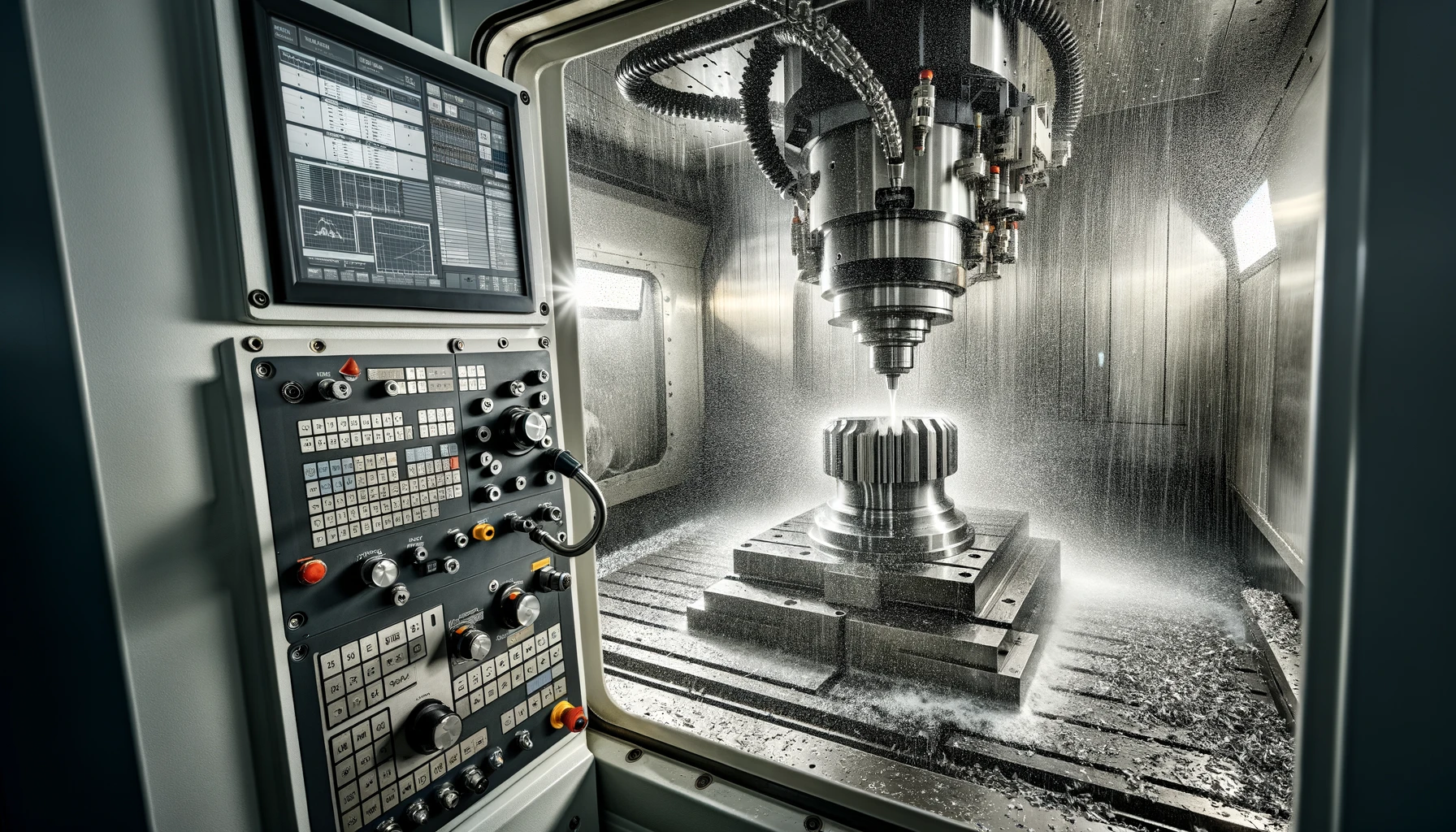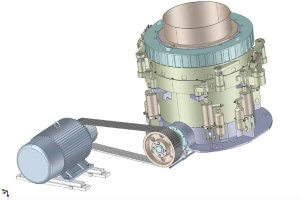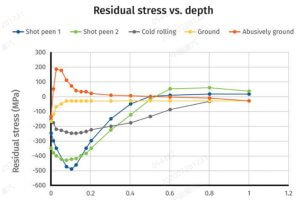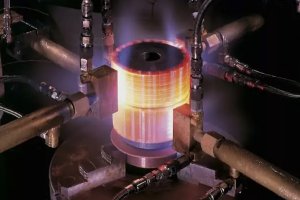The Importance of Precision Tolerances in Stainless Steel Parts
Precision tolerances are the allowable limits of variation in a physical dimension. In CNC machining, particularly for stainless steel parts, achieving these tolerances is critical for several reasons:
- Interchangeability: Parts must fit together properly without excessive gaps or interference.
- Functionality: Precision ensures that parts operate correctly, especially in complex assemblies.
- Reliability: High-precision parts are less likely to fail, which is vital for safety-critical applications.
- Aesthetics: In industries like medical and aerospace, the appearance of parts is also a factor.
The importance of precision is underscored by its impact on the end product. For instance, in the aerospace industry, even a minor deviation from specified tolerances can lead to significant performance issues or failures.
China Online CNC Machining Services – Want.net
What Are the Challenges of Machining Stainless Steel?
Machining stainless steel presents unique challenges due to its physical properties:
- Hardness: Stainless steel is harder than many other metals, leading to increased tool wear.
- Toughness: Its toughness makes it resistant to deformation but also more challenging to cut.
- Work Hardening: Stainless steel tends to harden rapidly under the heat and stress of machining, complicating the cutting process.
- Heat Generation: The material’s poor thermal conductivity results in higher temperatures at the cutting edge, potentially causing tool damage and affecting precision.
Manufacturers must address these challenges through careful planning and execution. For example, selecting appropriate cutting speeds and feeds can help manage heat generation and tool wear.
How Does Tool Selection Influence Precision in CNC Machining?
Tool selection is pivotal for achieving precise tolerances. Key considerations include:
- Material: Tools made from carbide or coated with diamond-like carbon (DLC) are ideal for stainless steel due to their hardness and wear resistance.
- Geometry: The tool’s geometry, such as rake angle and clearance angle, affects chip formation and heat dissipation.
- Coatings: Coatings like titanium aluminum nitride (TiAlN) enhance tool life and performance by reducing friction and heat buildup.
Case Study: Optimizing Tool Selection for Stainless Steel
A CNC shop faced issues with rapid tool wear and inconsistent tolerances. By switching to TiAlN-coated carbide tools and optimizing cutting parameters, they achieved a 50% increase in tool life and a 20% improvement in precision.
The Role of CNC Machine Stability and Rigidity
Machine stability and rigidity are critical for precision machining. Factors influencing stability include:
- Machine Design: High-quality machines are designed to minimize vibrations and maintain rigidity.
- Materials: Using stable materials like cast iron for the machine bed reduces thermal expansion.
- Maintenance: Regular maintenance ensures that components like bearings and guides remain in optimal condition.
Comparative Analysis:
| CNC Machine Model | Material | Vibration Damping | Thermal Stability | Precision Rating |
|---|---|---|---|---|
| Model A | Cast Iron | High | High | 0.01 mm |
| Model B | Steel | Medium | Medium | 0.02 mm |
| Model C | Aluminum | Low | Low | 0.03 mm |
Model A demonstrates superior performance in machining stainless steel due to its material and design, which contribute to higher precision.
How Does Coolant and Lubrication Affect Machining Precision?
Coolants and lubricants play a vital role in managing the machining process. They:
- Reduce Heat: Lowering the temperature at the cutting interface prevents tool damage and workpiece distortion.
- Minimize Friction: Lubricants reduce friction between the tool and workpiece, enhancing surface finish.
- Flush Chips: Coolants help remove chips from the cutting zone, preventing recutting and tool damage.
Case Study: Impact of Coolant Strategies
A manufacturer experimented with different coolant applications, such as flood cooling and mist cooling. They found that mist cooling improved surface finish and reduced tool wear by 30%, leading to tighter tolerances.
The Importance of Precision Fixturing and Workholding
Fixturing and workholding ensure the workpiece remains stable during machining. Key aspects include:
- Design: Fixtures should be designed to minimize deflection and movement.
- Material: Using materials with low thermal expansion for fixtures helps maintain stability.
- Customization: Custom fixtures tailored to the specific workpiece can significantly enhance precision.
Example: Custom Fixture for Complex Part
A complex stainless steel part required precise machining on multiple faces. A custom fixture was designed to hold the part securely while allowing access to all critical areas, resulting in improved accuracy and reduced machining time.
Advanced CNC Machining Techniques for Precision Tolerances
Advanced techniques can significantly enhance machining precision:
- High-Speed Machining: Involves using higher spindle speeds to achieve finer finishes and tighter tolerances.
- Multi-Axis Machining: Allows complex parts to be machined in a single setup, reducing errors and improving precision.
- Adaptive Control: CNC machines with adaptive control can adjust parameters in real-time based on cutting conditions.
Case Study: Multi-Axis Machining
A manufacturer implemented a 5-axis CNC machine to produce intricate stainless steel components. This approach reduced setup times and improved precision, achieving tolerances within 0.005 mm.
Monitoring and Quality Control in CNC Machining
Effective monitoring and quality control are essential for maintaining precision. Methods include:
- In-Process Monitoring: Techniques such as laser scanning and probing allow for real-time adjustments.
- Post-Process Inspection: Methods like coordinate measuring machines (CMMs) and optical comparators ensure parts meet specifications.
Quality Control Measures Table:
| Measure | Purpose | Effectiveness |
|---|---|---|
| Laser Scanning | Real-time dimensional checks | High |
| Probing | In-process measurement | Medium |
| Coordinate Measuring Machine | Post-process dimensional verification | High |
| Optical Comparator | Visual inspection of surface features | Medium |
| Statistical Process Control | Monitoring and controlling manufacturing processes | High |
| Ultrasonic Testing | Detecting internal flaws | Medium |
| X-Ray Inspection | Identifying internal defects | High |
| Surface Roughness Testing | Measuring surface finish | High |
By integrating these quality control measures, manufacturers can ensure that precision tolerances are consistently achieved in stainless steel parts.
Other Articles You Might Enjoy
- Precision CNC Machining of Stainless Steel: Innovations and Best Practices in Aerospace Machining
Introduction: Precision CNC Machining and the Use of Stainless Steel Precision Computer Numerical Control (CNC) machining, a vital technology within the manufacturing industry, uses pre-programmed software to guide machinery towards…
- Stainless Steel Machining for Aerospace: Precision and Challenges in CNC Operations?
Introduction: Brief Overview of CNC Machining and Its Importance in the Aerospace Industry Computer Numerical Control (CNC) machining is a modern manufacturing process using pre-programmed computer software to control movement…
- How to Choose a CNC Company for Precision Stainless Steel Flange Machining?
Selecting the right CNC machining company is crucial for achieving high-quality, precision stainless steel flanges. This detailed guide explores the essential factors to consider in this decision-making process, ensuring that…
- What Material Properties Need to Be Considered When CNC Machining Stainless Steel Flanges?
The CNC machining of stainless steel flanges requires a profound understanding of the material's properties to ensure high-quality, precision outcomes. This article delves into the critical material properties that impact…
- Fast CNC Machining Services for Stainless Steel Prototyping
CNC Machining and Stainless Steel in Prototyping Computer Numerical Control (CNC) machining is a critical process in the manufacturing sector, particularly for prototyping projects. It's an automated method that uses…
- Stainless Steel vs. Aluminum in CNC Machining: Pros and Cons
CNC Machining: The Role of Stainless Steel and Aluminum Computer Numerical Control (CNC) machining is a groundbreaking method in manufacturing that involves precise computer commands to manipulate and control tools…









